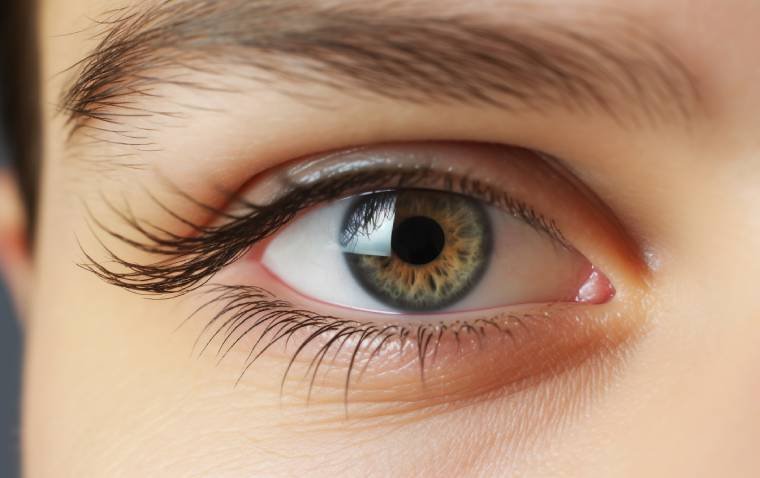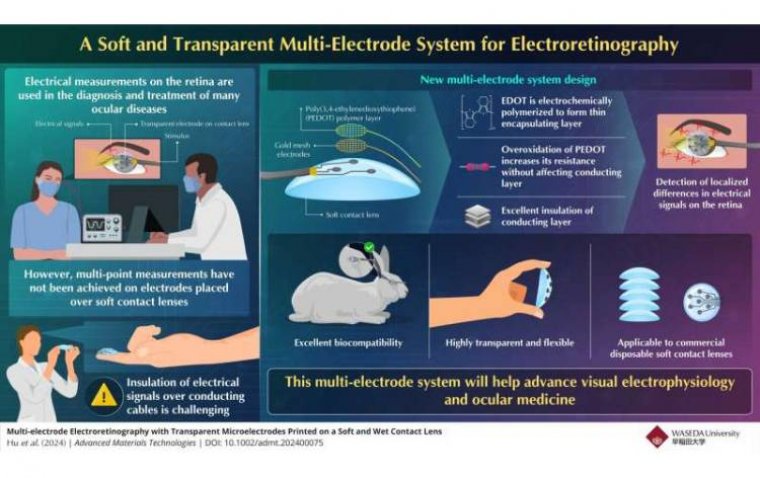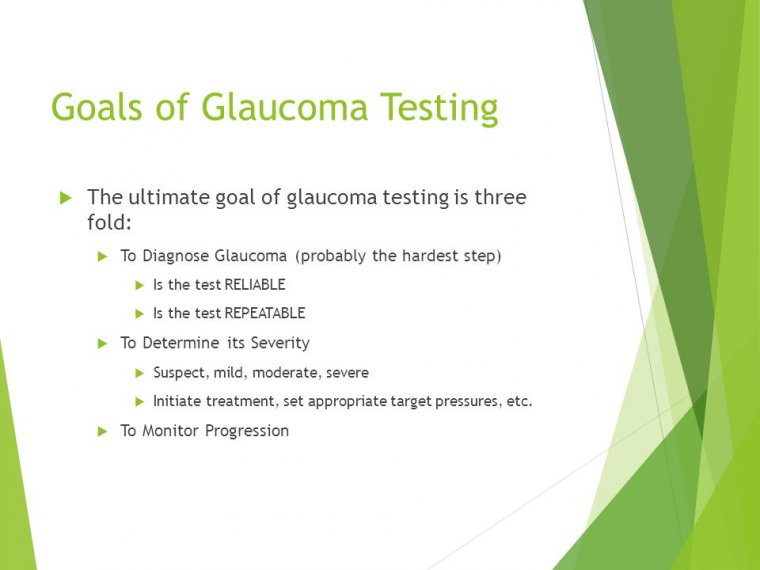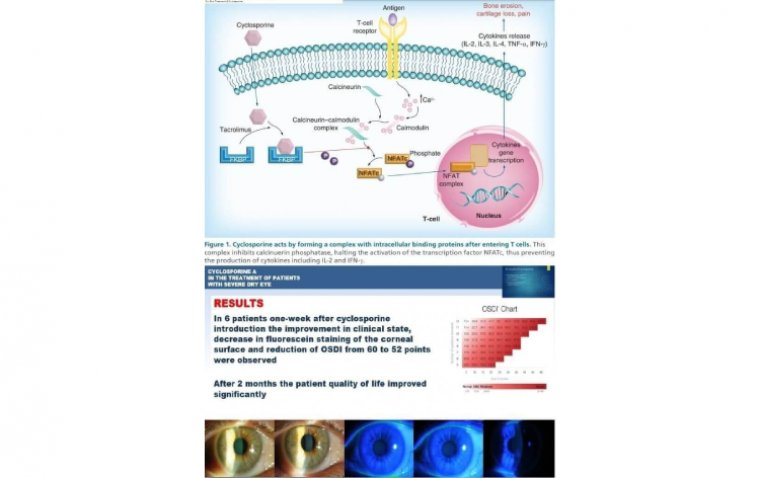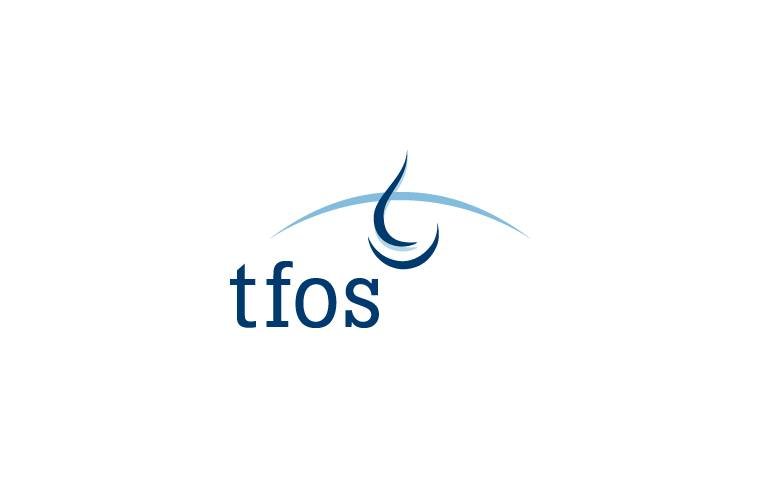
TFOS DEWS III Digest Report Highlights Latest Research Advancements in Dry Eye Disease Management
The Tear Film and Ocular Surface Society (TFOS) has published the TFOS DEWS III Digest Report in the June 2025 issue of the American Journal of Ophthalmology. This updated review identifies key research developments since the 2017 TFOS DEWS II Workshop reports across several categories, including sex, gender, and hormones; epidemiology; pathophysiology; tear film; pain and sensation; iatrogenic causes; and clinical trial design.
The Digest was developed to support findings in the TFOS DEWS III Diagnostic Methodology and Management and Therapy reports, with input from 80 experts across 18 countries, according to TFOS.
Key Scientific Advancements in Dry Eye Research
Clarifying Pathophysiology and Tear Film Dynamics
The report, led by Fiona Stapleton, PhD, MSc, from the School of Optometry and Vision Science at UNSW Sydney, outlines advancements in understanding the tear film and distinctions between aqueous-deficient dry eye (ADDE) and evaporative dry eye (EDE). It also highlights progress in studying ocular pain perception.
Sex, Gender, and Hormonal Influences
Focusing on studies published since July 1, 2017, the Digest reports significant sex-related differences in:
• Lacrimal and meibomian glands
• Cornea and eyelid blinking
• Corneal thickness and sensitivity
• Pain assessment and re-epithelization
• Hormonal regulation of the ocular surface and adnexa
• DED-induced tissue damage
“There have been significant research advances linking sex, hormones, and gender to DED. Aging, cancer, and hormone therapy increasingly broaden the interdisciplinarity in this field over time,” the report authors noted. Despite the known systemic effects of gender-affirming hormone therapy, its impact on ocular health remains under-documented. Variability in age, health profiles, hormone therapy compliance, and access to healthcare further limit our understanding. Clinicians and researchers are encouraged to account for these variables.
Epidemiological Insights and Unresolved Questions
The Digest confirms that DED prevalence increases with age and is more common in women. Symptoms tend to be more pronounced in both younger and older adult women. However, significant gaps remain regarding:
• Disease severity stratification
• Geographic variability
• Prevalence in patients under 40 years
• A lack of robust studies examining risk factors and natural history by severity in younger populations
Tear Film Composition and Biomarker Potential
The authors called for further research into:
• The role of disordered vs. ordered lipids in tear film behavior
• The use of tear biomarkers to identify DED subtypes
• Insights from the microbiome across ethnicities and geographies in DED pathogenesis
• The promise of microRNAs as potential DED biomarkers
Iatrogenic Factors and Management Strategies
The Digest also addresses iatrogenic DED, particularly related to:
• Topical anti-glaucoma medications
• Preservatives, excipients, antibiotics, and hormone replacement therapy
“The first step is to investigate which medication is causing DED and try to stop its use,” the authors wrote. However, identifying the causative agent is often difficult, particularly when discontinuing the treatment poses a risk to ocular health, when multiple medications and components are involved, or when adverse effects emerge long after treatment initiation.
References:
Stapleton F, Argüeso P, Asbell P, et al. TFOS DEWS III Digest Report. Am Journ of Opthalmol. 2025. https://doi.org/10.1016/j.ajo.2025.05.040
TFOS dry eye workshop (DEWS) III: completed! Tear Film and Ocular Surface Society. News release. https://www.tearfilm.org/dettnews-tfos_dry_eye_workshop_dews_iii_completed/7450_16/eng/
(1).jpg)

